Edward Burne-Jones at Tate Britain
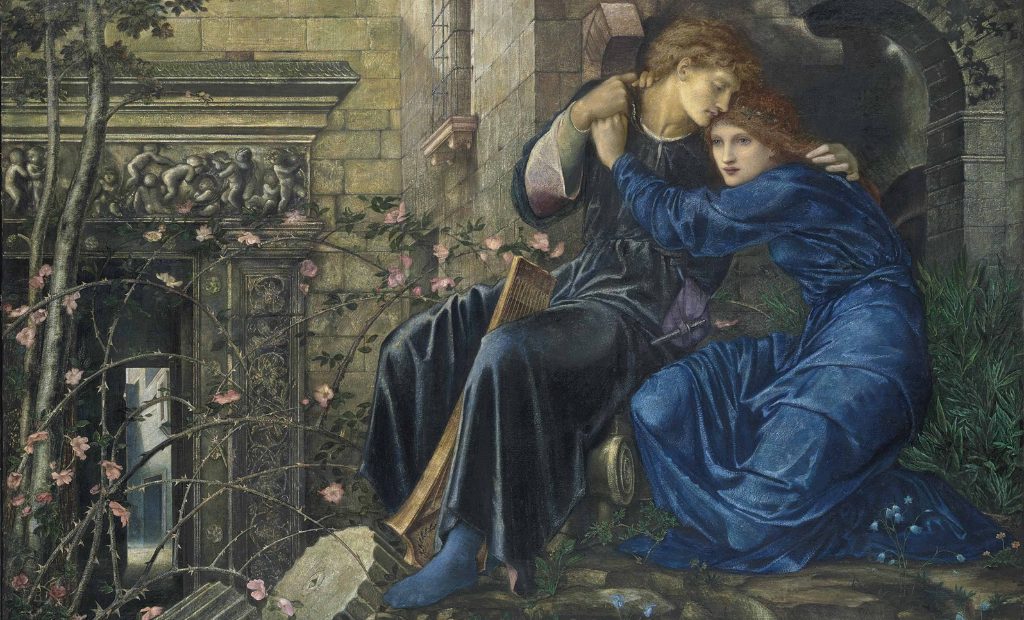
Courtiers rest on a flag-stoned floor, briars growing amongst them. Their king’s head droops onto his chest as he sits on his throne. A princess sleeps on an elegant bed, her attendants slumbering around her. A young prince stands in observation.
As viewers, we become the young prince, stepping into a moment frozen in time. In his Briar Rose series (1886-1890), Edward Burne-Jones made the extraordinary decision to fill four large canvases with unconscious subjects, drawing on the “Sleeping Beauty” fairy-tale as inspiration. They are exceptionally beautiful: the mood they evoke is calm and, overwhelmingly, still.
This stasis is a strange thing; something about the serenity is a little unsettling, as if something essential is missing. The characters are closed off, removed from our empathy by their closed eyes and aesthetic poses. Perhaps this is in part because the works are exhibited in a museum, rather than within the architectural and decorative context for which they were intended.
However, the sleeping, flower-filled world of the Briar Rose also acts as a microcosm of Burne-Jones’s paintings more generally. Throughout the collection, there is a degree of separation between subject and viewer. His characters float serenely above the mundanities of everyday life, evoking a world of dreams and mythology.
In some ways, this deliberate, invisible veil drawn by the artist is a radical act, but it also occludes some troubling social and gendered politics in his work. Unfortunately, the new exhibition at Tate Britain dedicated to the late Pre-Raphaelite delves into neither of these aspects. Room after room is filled with stately grace, but not enough analysis is given to explain his boldness or, contrarily, to point out the difficulties inherent in the reception of his paintings.
Extraordinary beauty abounds, but the display lacks the substance required to help Burne-Jones’s work hold its own today.
Anna Souter
Edward Burne-Jones is at Tate Britain from 24th October until 24th February 2019. For further information visit the exhibition’s website here.


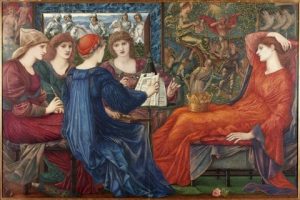
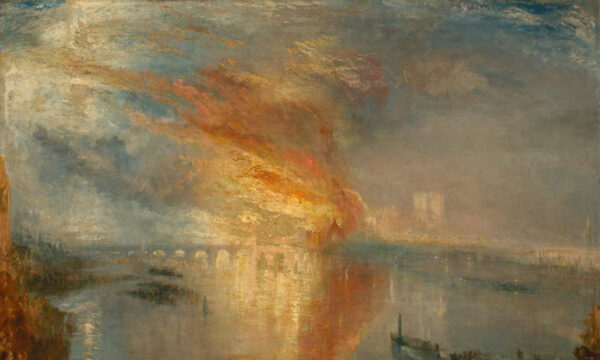


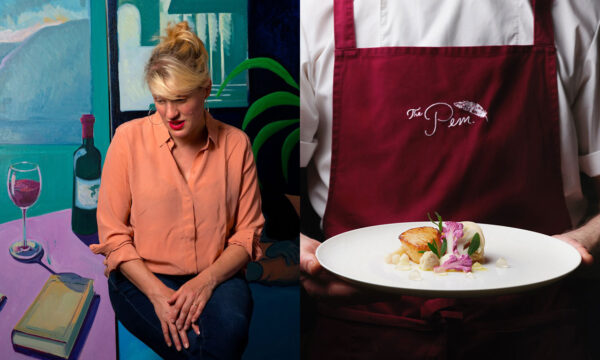
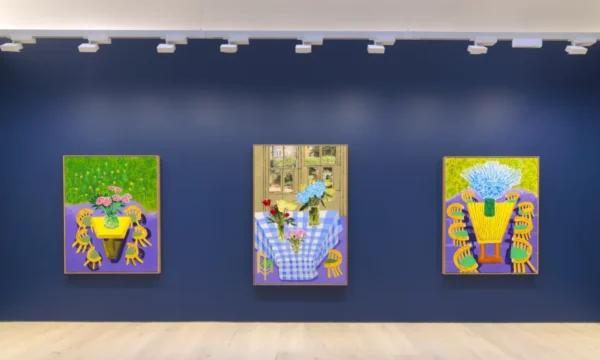

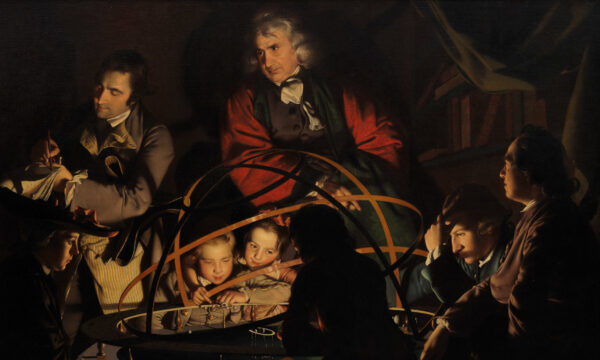
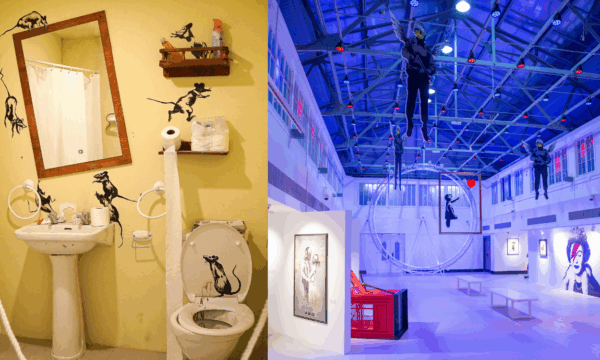
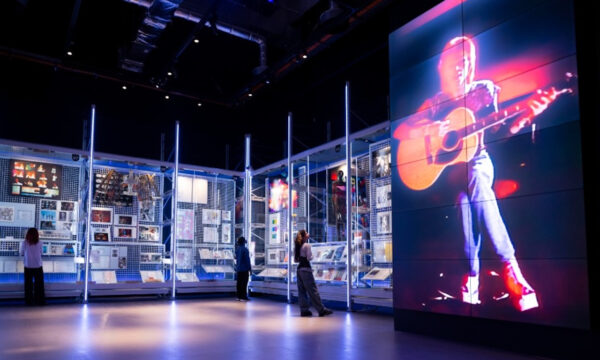
















Facebook
Twitter
Instagram
YouTube
RSS